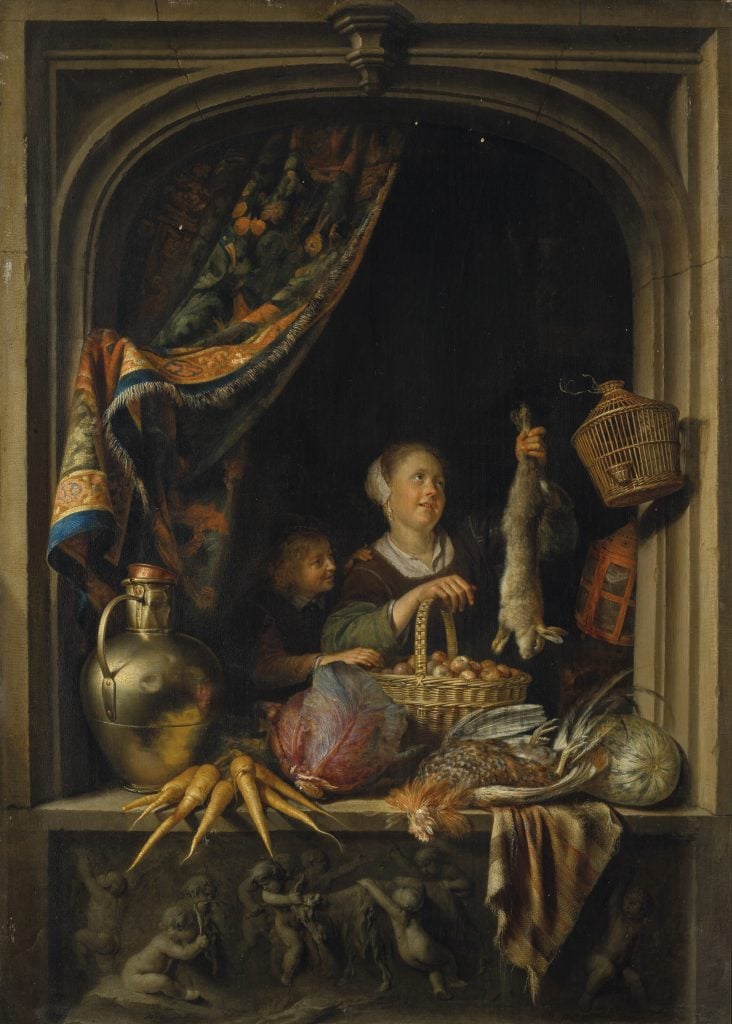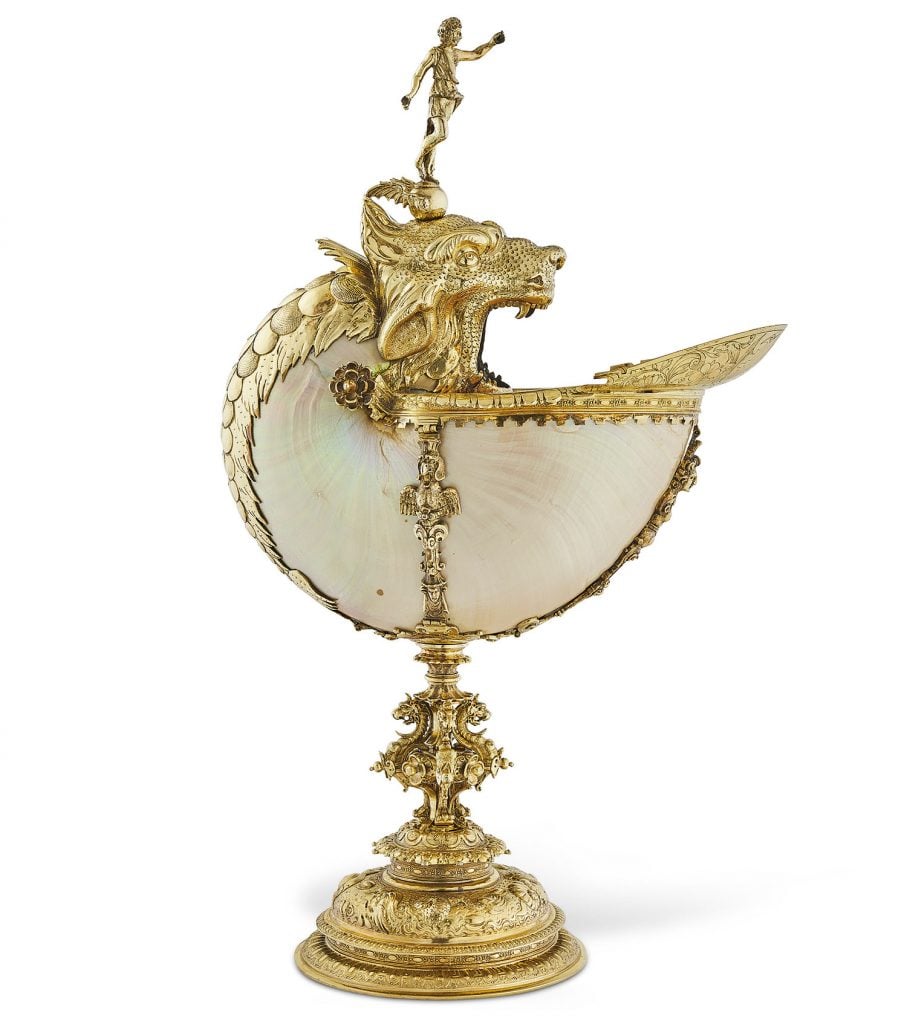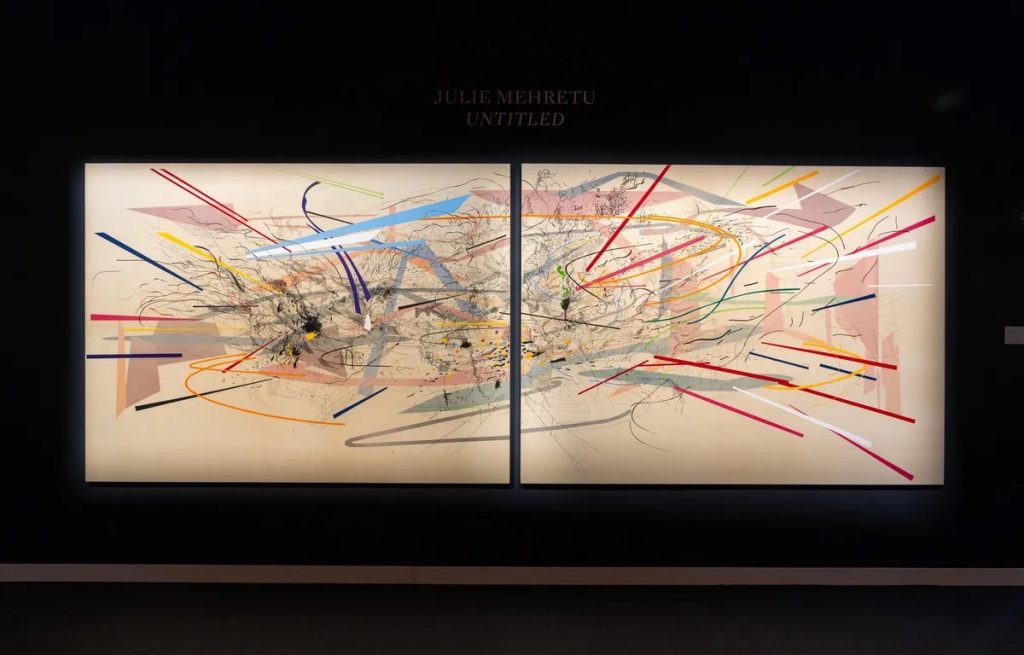The Back Room
The Back Room: Rothschild Ruminations
This week, what the success of the first U.S. Rothschild sale means, former JTT owner’s new job, and more.

This week, what the success of the first U.S. Rothschild sale means, former JTT owner’s new job, and more.

Artnet News

Every Friday, Artnet News Pro members get exclusive access to the Back Room, our lively recap funneling only the week’s must-know intel into a nimble read you’ll actually enjoy.
This week in the Back Room: what the success of the first U.S. Rothschild sale means, former JTT owner’s new job, and much more—all in a 5-minute read (1,537 words).
Next week, we welcome PRO readers to check out the premiere of our newest insiders-only vertical: The Asia Pivot. Artnet’s Vivienne Chow and Cathy Fan will be penning the need-to-know bi-weekly guide to the art market in Asia, which will be chock-a-block with exclusive news, interviews with art world figures across a range of professions, and data-driven dives into the workings of a burgeoning market we know our readers are eager to learn more about. Look for The Asia Pivot every other Wednesday.

Cornelis Jansz van der Burch, silver-gilt mounted nautilus cup (1607). Courtesy of Christie’s.
While the art world looks to London this week, an auspicious auction in New York drew the attention and money of the appropriately well-heeled as well. The first U.S.-based auction of the esteemed Rothschild Collection netted an impressive $43 million at Christie’s in the first of four sales in a series that runs through October 17.
Bidding was befitting of the gilded wares on offer, as nearly every lot soared past its presale estimate, and one was hammered down for a seven-figure sum ten times its high estimate. The highest-priced item was Dutch painter Gerrit Dou’s A young woman holding a hare with a boy at a window (ca.1653–57), which fetched just over $7 million with fees, after being estimated at $3 million to $5 million. The sale had a 95 percent sell-through rate.
Meanwhile, the major evening auctions are kicking off in London, with results for Sotheby’s The Now sale beginning to trickle in just before press time. At first blush, the results are uneven but not on par with last week’s disastrous “bloodbath,” the Long Museum founders’ collection auction in Hong Kong.
So it’s worthwhile to look more closely at the Rothschild sale’s success. It’s an apt reminder of what advisors have been saying all along: the wealthy still have plenty of money, and they will deploy it on objects of exceptional quality with perfect provenance.
The Rothschild sale harkens back to Christie’s sale of the Ann and Gordon Getty collection last fall, which pulled in $79.4 million and saw all lots sold, none with a guarantee. Like the Rothschild auction, the wares were a mix of ornamental pieces and fine art, from chandeliers to a Matisse. (The offerings did include modern and Impressionists artworks, which the Rothschild collection does not.)
But such sales can only be treated as beacons, not weathervanes, for the larger auction landscape precisely because they are immune to the factors keeping many buyers sidelined: higher interest rates, wars in the Middle East and Ukraine, and uncertainty around the property crisis unfolding in China. Indeed, pricing for such exceptional items is not just insulated from financial and geopolitical turmoil, it can be buoyed by it, because such assets are seen as safe-haven investments amid market dislocation.
This suggests a forthcoming auction season where collections with sterling provenance will be as important as ever to the houses’ bottom line. Watch for results of the London/Paris sale series for the collection of Sam Josefowitz, which Artnet guest writer Colin Gleadell wrote on earlier this week, and the upcoming Emily Fisher Landau and Chara Schreyer collections in New York next month.
The broader London market is not fogged with gloom, at least. A measured fair week is tempering market expectations, with gallerists at Frieze London opting for safer fare but seeing the pace of sales chug along. Frieze Masters, meanwhile, felt more crowded than it has in years, although this did not seem to translate to abundant deals. Some said they thought that marked a healthy reset in the market. The phrase is often deployed as code for slow business; this time, they may have actually meant it.
The macroeconomic moment has tamped down the presence of the most price- and rate-sensitive buyers—flippers and other speculators who see art as mere investments.
Market jitters are compounding further after the meltdown in Hong Kong auctions last week, and the geopolitical outlook has only dimmed since.
Where this leaves New York’s fall auction season, which is replete with prestigious collections on offer, is anybody’s guess. But, is anyone but a Rothschild sure-footed in this market? My guess is no.
The latest Wet Paint… tracks former JTT owner Jasmin Tsou’s new job posting at Lisson, and the juicy details of Candace Bushnell and Gordon Parks’s one-time dalliance…
Here’s what else made a mark around the industry since last Friday morning…
Art Fairs
Auction Houses
Galleries
Institutions
Tech and Legal News
“I’m good at dealing art, just terrible at managing money.”
—Ezra Chowaiki, ex-dealer convicted of wire fraud in 2018, to The Art Newspaper.

Julie Mehretu, Untitled (2001). Image courtesy Sotheby’s.
Date: 2001
Seller: Private seller
Estimate: HK$60 million to HK$80 million ($7.7 million to $10.2 million)
Selling at: Sotheby’s Hong Kong
Sale date: October 5, 2023
The owner who acquired this major dipytch at a Christie’s New York sale eight years ago did pretty well for a relatively short hold. At the previous sale it sold for $2.3 million. This time around, it commanded $9.3 million (HK$72.9 million), or more than four times that price.
Ethopian-born Mehretu’s works have been sought-after since she burst onto the scene roughly two decades ago, with collectors on both the primary and secondary markets clamoring for the intricate works in which she pushes the boundaries of abstraction, landscape, architecture, and scale. Her work was the subject of an acclaimed solo show at LACMA and the Whitney in 2021.
Last week’s sale at Sotheby’s Hong Kong broke the previous artist record of $5.6 million that was set at Sotheby’s Hong Kong in April 2019, for Black Ground Deep Light (2006), according to the Artnet Price Database. It also made Mehretu the highest-selling African artist of all time, eclipsing Marlene Dumas, who previously held that honor.
—Eileen Kinsella